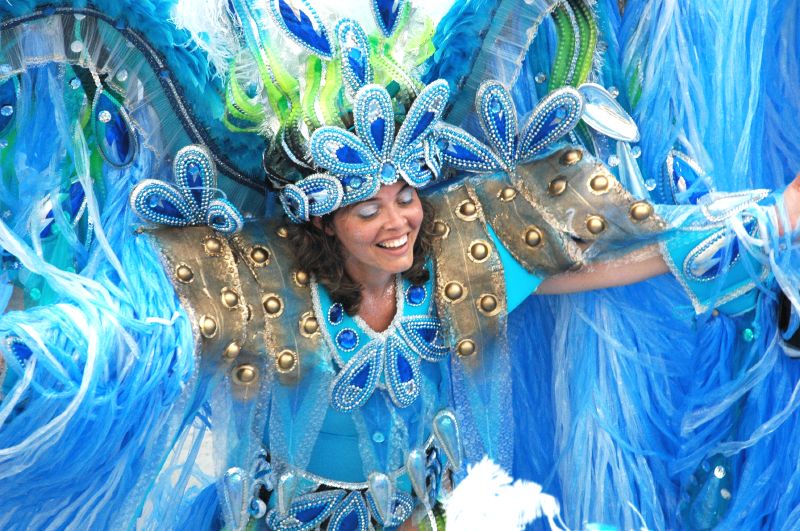Brazil’s Carnival commemorations not only represent a time for celebration, rest, and travel, but also highlight an important feature of Brazil’s rich cultural heritage. It is this heritage, framed within the context of a greater global perspective, that reminds us of the importance of culture and its correspondingly distinct and seemingly immeasurable variations.
The privilege of living in an embassy-based city like Brasilia offers a rich opportunity to connect with both Brazilian culture and an impressive number of cultures from all corners of the world. To complement this cultural mosaic, members of the American School of Brasilia’s community work, study, play, and socialize with at least forty-five different nationalities at any given time. This is an ideal setting towards fulfilling the “culturally diverse atmosphere” emphasis of our school’s mission.
Some argue that the single best form of education is to travel and immerse oneself in other cultures. There is certainly some truth to this statement, particularly given the prospect to view the world through lenses different from our own, while learning more about ourselves in the process. Albert Einstein’s maxim of, “the more I learn, the more I realize how much I don’t know,” resonates when considering how much there is to discover from other cultures.
To discover and understand a culture at a deeper level, it is necessary to first attain a level of fluency in the one or more languages associated with that culture. It would therefore be natural to feel somewhat daunted knowing there are nearly seven thousand different languages in use today. The following table lists the geographic distribution of all living languages, albeit through an oversimplified categorization of the world map into four regions.
|
Region |
Number of Languages |
Percent |
|
Africa |
2,110 |
30.5% |
|
Americas |
993 |
14.4% |
|
Asia & Pacific |
3,570 |
51.7% |
|
Europe |
234 |
3.5% |
(Source: http://www.ethnologue.com/)
Since each language is associated with its own beliefs, history, art, music, philosophy, literature, and humor, it is, consequently, staggering to consider how much there is to learn from other cultures.
In his influential book, The Wayfinders: Why Ancient Wisdom Matters to the Modern World, Wade Davis asks the question, “What does it mean to be human and alive?” In a response to his own question, Davis underscores how every culture is of critical importance:
“While the thousands of different cultures and languages on Earth have compellingly different answers to that question, the genius of culture is the ability to survive in impossible conditions. We cannot afford to lose any of that variety of skills, because we are not only impoverished without it, we are vulnerable without it.”
Returning to a more local and personal context, the process of stepping out of our comfort zones to learn from other cultures represents not only an opportunity but, arguably, an obligation. Perhaps Wade Davis best categorizes our obligation to ensure a “culturally diverse atmosphere” in our schools:
“The world can only appear monochromatic to those who persist in interpreting what they experience through the lens of a single cultural paradigm, their own. For those with the eyes to see and the heart to feel, it remains a rich and complex topography of the spirit.”
In the spirit of our “culturally diverse atmosphere” and this week’s Carnival celebrations, the opportunity to appreciate and value Brazil’s rich cultural heritage and to learn from a larger cultural mosaic will be a prominent feature of the days ahead.
[easyrotator]erc_12_1414793996[/easyrotator]
Featured image: cc licensed ( CC BY-NC-ND 2.0 ) flickr photo by Mansir Petrie: http://www.flickr.com/photos/mansir/457648138/in/photostream/
